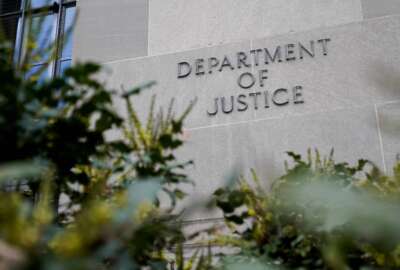No, showing up (to the office) is not 80% of life
An emerging question for organizational leadership: how to build a culture — presumably a good culture — in a scattered workforce. For good culture, you need...
An interview I aired last week touched a nerve. I spoke with Bob Tobias, who was highly skeptical of so-called community days, designated days for everyone to be in the office.
Tobias, a former federal union president and professor at American University, said he thinks community days will fail “because a workplace relationship starts first with a leader, with one person, one person at a time.” He thinks if people are required to come in on community days, they’ll start out grumpy. That won’t enhance relationship building.
One of several readers who wrote me asserted relationships at work form horizontally and spontaneously among colleagues. He said Tobias missed the mark in thinking relationships and team bonds form because of leadership.
I’m not sure my reader and Bob totally disagree. Bob is correct that leadership sets the tone. Collaborative, relaxed leadership can foster an atmosphere in which trusting peer relations can grow. My reader cautions not to conflate community with leadership. Communities, he wrote can flourish within an agency or place of business without the involvement of management. I use “management” here because, in a related dynamic, often leaders within an organization don’t always have official supervisory power, but have influence because of character, performance or experience.
The reader added that in his career, “most of that community did not develop while working together. It was encounters in the hallways, conversations before and after meetings, etc. Which just do not happen much, if at all, if people are not together.” That’s the crux: making communities, teams, whatever when people aren’t physically communal.
An emerging question for organizational leadership: how to build a culture — presumably a good culture — in a scattered workforce. For good culture, you need good soil. That consists of pay and benefits people see as fair, workloads and other expectations that are doable, and managers who practice respect and fair administration. The government is okay on the first point, but varies widely on the second two.
For example, recently I talked to the president of the National Association of Immigration Judges. The union was decertified by the Federal Labor Relations Authority during the Trump administration. It still exists as a forum. Mimi Tsankov said that, for reasons you see on cable news every day, immigration judges each have case backlogs that they simply will never get through. Collectively the backlog is some 2.4 million, which translates to an average of 34,000 cases per judge. Can you imagine? How can a great culture take root if everyone feels like a latter day Sisyphus? The judges take pride in their work, and given that each case is unique, cases take as long as they take. No community day would do as much as having an attorney general make the case to Congress for doubling or tripling the immigration court roster and getting the immigration situation under control.
On the other hand, a community day could be effective if an agency imposes it with reasonable objectives. Bonding, team building, relationship establishment — no, those won’t happen in the context of an artificial, enforced “mixer.” People could, though, come away satisfied with an all-hands meeting if agency management chose that day to lay out budget priorities for the coming year, details of policy or proposed rule changes, meeting with a newly arrived appointee or senior executive — that sort of thing. How about inviting the department level secretary to join?
In other words, have a solid objective for a community day, much as you should for any other meeting, and people won’t feel like they’re showing up just for the purpose of showing up, Woody Allen’s observation notwithstanding.
Copyright © 2025 Federal News Network. All rights reserved. This website is not intended for users located within the European Economic Area.
Tom Temin is host of the Federal Drive and has been providing insight on federal technology and management issues for more than 30 years.
Follow @tteminWFED






